7 reasons why to use the SIPOC to create your Customer Journey Map
How much should we learn from other disciplines? David Epstein's book"Rank: How Generalists Succeed in a Specialized World"explains the following:...
3 min read
Por Aileen Pierce | May 28, 2021
Do you want to give the customer the best experience in the purchase process, but do not know how? The first step is to understand what you are currently doing and then analyze the possible improvements and establish actions. For this, the ideal tool is the Customer Journey, which allows us to understand the customer's journey, from the moment he identifies that he has a need until he makes the purchase that solves his problem. But how do we visualize the journey and how do we optimize the process? Continue reading.
Index
The customer journey map is a tool that allows you to visualize and interpret the process that the customer goes through when buying your product or service, and to understand the experience they live at each stage. Also called a "customer map" or "experience map", this tool is key to understanding what the consumer's needs, intentions and desires are, what they feel, what they expect, what they receive at each point of contact with your company and through from which channels.
To know how to build a customer journey map and obtain a template you can read Customer Journey map: what is it and how to create one? By applying the experience map, your company will be able to analyze its current process and determine if it is on the right track or if it is necessary to rethink the route to improve the customer experience.
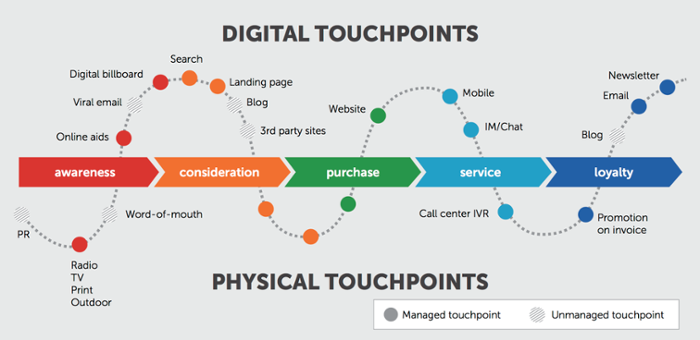
Lean is a management philosophy based on Toyota's work methodology (Toyota Production System) and its desire to avoid any type of waste in its production.
This method seeks to satisfy the client's needs efficiently, consuming the least number of resources possible, including time, energy and effort, through the elimination of variations in the process and activities that have no added value.
As an improvement method it provides tools to:
If you want to know more about this philosophy and its principles, you can read more at the Lean Institute.
What is Six Sigma?
Six Sigma is a work philosophy accredited mainly to Mikel Harry, statistician and quality expert, who developed it as a tool for controlling and reducing variations in processes. The philosophy was popularized by companies like Motorola and General Electric.
From a statistical point of view, Six Sigma refers to 6 standard deviations from the mean, that is, 3.4 defects per million. From a strategic point of view, it is a discipline that adapts both manufacturing and service processes to a low tolerance regarding waste and irregularities; primarily seeks customer satisfaction through the application of the systematic model.
We have already defined what the “Lean” and “Six Sigma” philosophies are, but how do these two come together and how do we relate this to the customer journey map? Lean is about faster, more efficient processes in every way. Six Sigma is about improving quality by decreasing variability. Both philosophies have characteristics in common and complement each other to work in harmony; it is synthesized in eliminating factors that make it difficult to adjust to the client's requirements.
As you can see, applying Lean principles in a customer journey sounds logical. Why logical? Let us remember that today's consumers are looking for efficient processes that take little of their time and solve their needs without problems. Sound like something? Yes! It is the same as proposed by the Lean Six Sigma methodology.
Using Lean Six Sigma tools could facilitate the construction of the experience map, as well as the analysis and improvement.
Now let's go over some of the tools that can help you with the experience map.
DMAIC:DMAIC is a quality tool used to improve processes. The phases are represented in the acronym, which are: define, measure, analysis, improve (improve) and control.
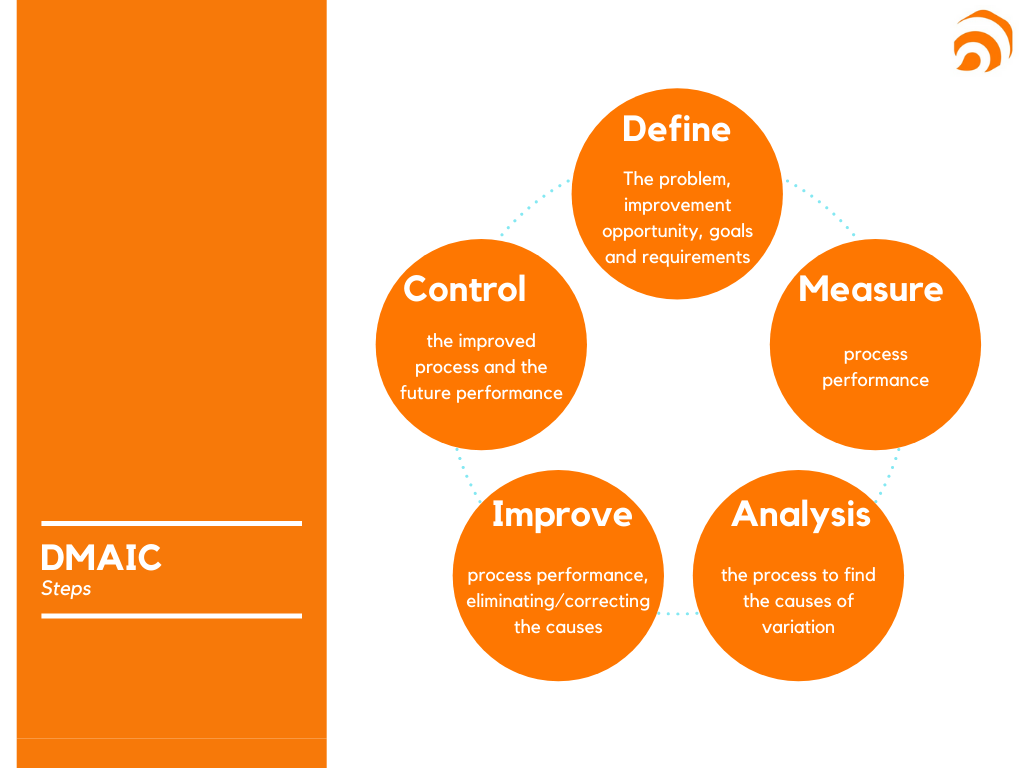
For each phase of DMAIC you can use different tools. For example: to measure the current performance of the process you can apply flow charts, Pareto diagram, capacity analysis, Ishikawa diagram, among others. To analyze the process and find the causes you could apply the 5 whys, root cause analysis, FMEA and more.
SIPOC:SIPOC is a tool in table format that allows you to view the inputs and outputs of a process. The acronym in English stands for: Supplies, Inputs, Process, Outputs, Customers. This can be used for both an external and internal analysis, for the second it would be inputs and outputs between departments of the same company.
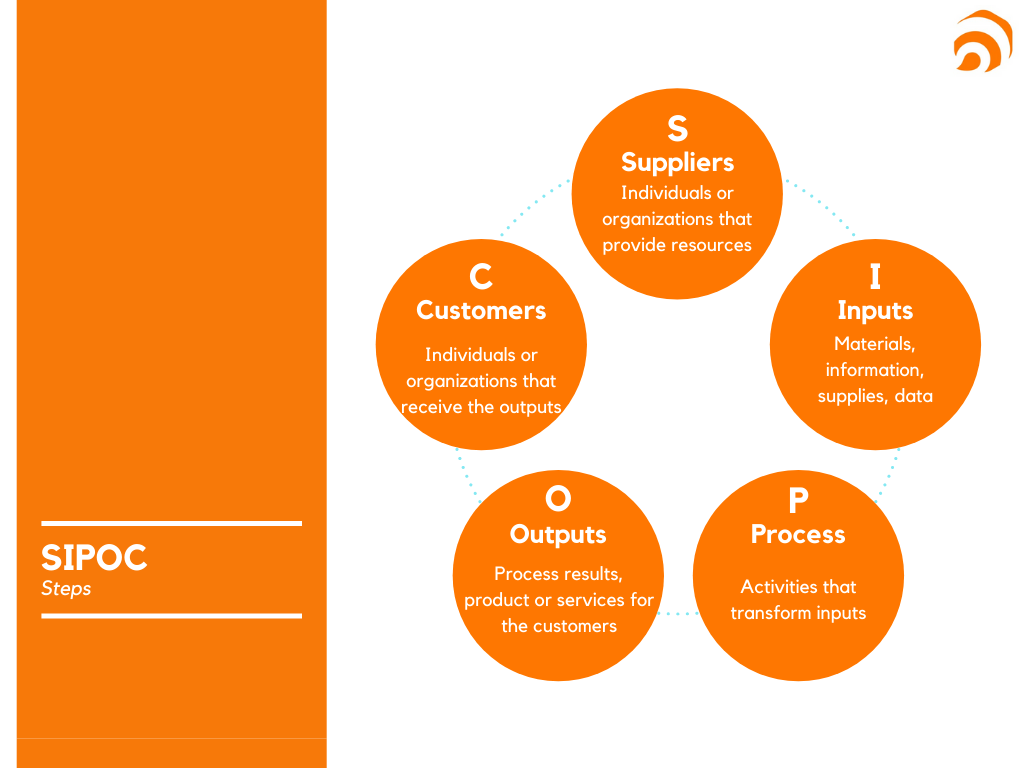
The value stream map (VSM) is a useful graphical tool to understand a process in depth. It allows to detail the necessary flow, be it of tangible products (such as materials) or intangibles (such as information), so that the product / service reaches the customer. The main objective of this tool is to identify activities that do not add value to the process.
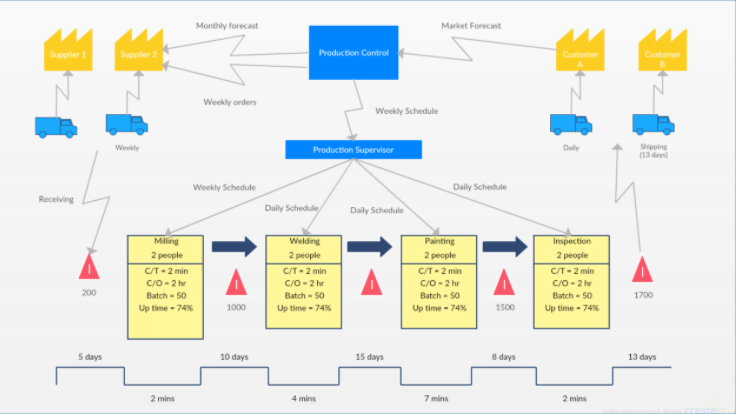
Ishikawa Diagram:
Also called fishtail diagram or cause / effect diagram, it is a tool used for the analysis of the main causes that originate a problem and allows to reduce variability. It is based on the 6M:
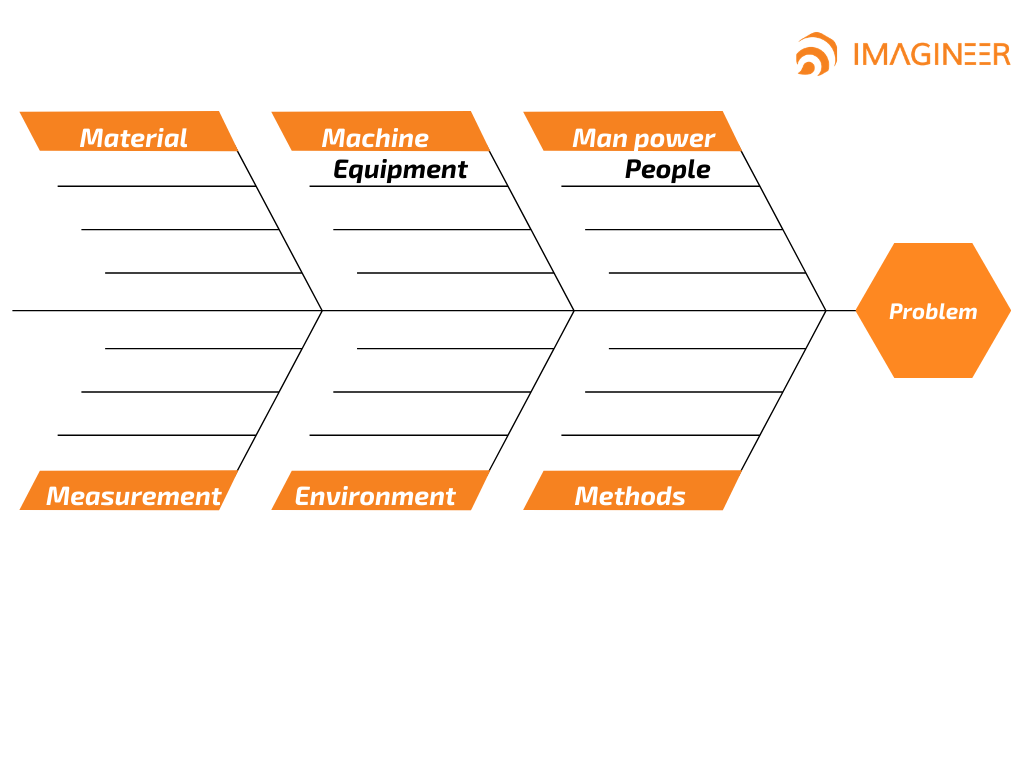
The 5 whys
This tool is based on asking questions to explore the causes and effects that generate a problem, starting with the most visible situation and regressing the “whys” until reaching a root cause.
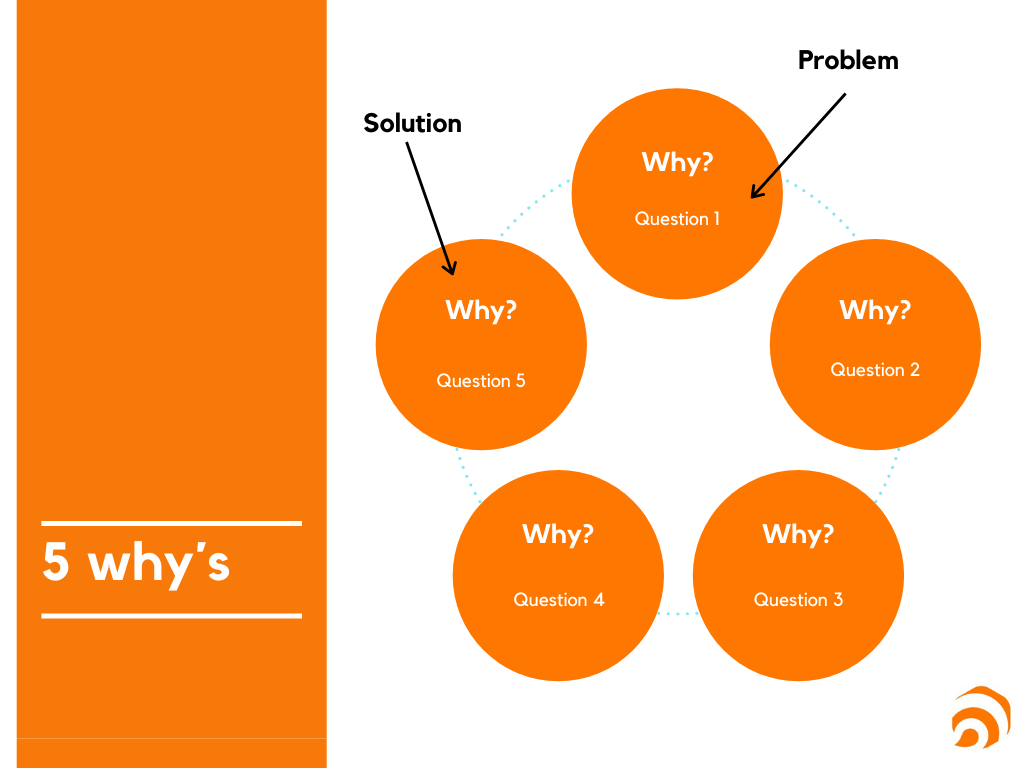
In conclusion, if you are planning to use the customer experience map in your company, you should consider the implementation of tools of the Lean Six Sigma methodology to facilitate and enrich the analysis of the process that the customer experiences when buying your product / service.

How much should we learn from other disciplines? David Epstein's book"Rank: How Generalists Succeed in a Specialized World"explains the following:...

In today's highly competitive market, people have a wide variety of brands or entities to turn to when they need a product or service. For a company...

Nowadays, worldwide, companies need to keep their data, customer data, processes, reports, strategies, among many other aspects, in order to be...